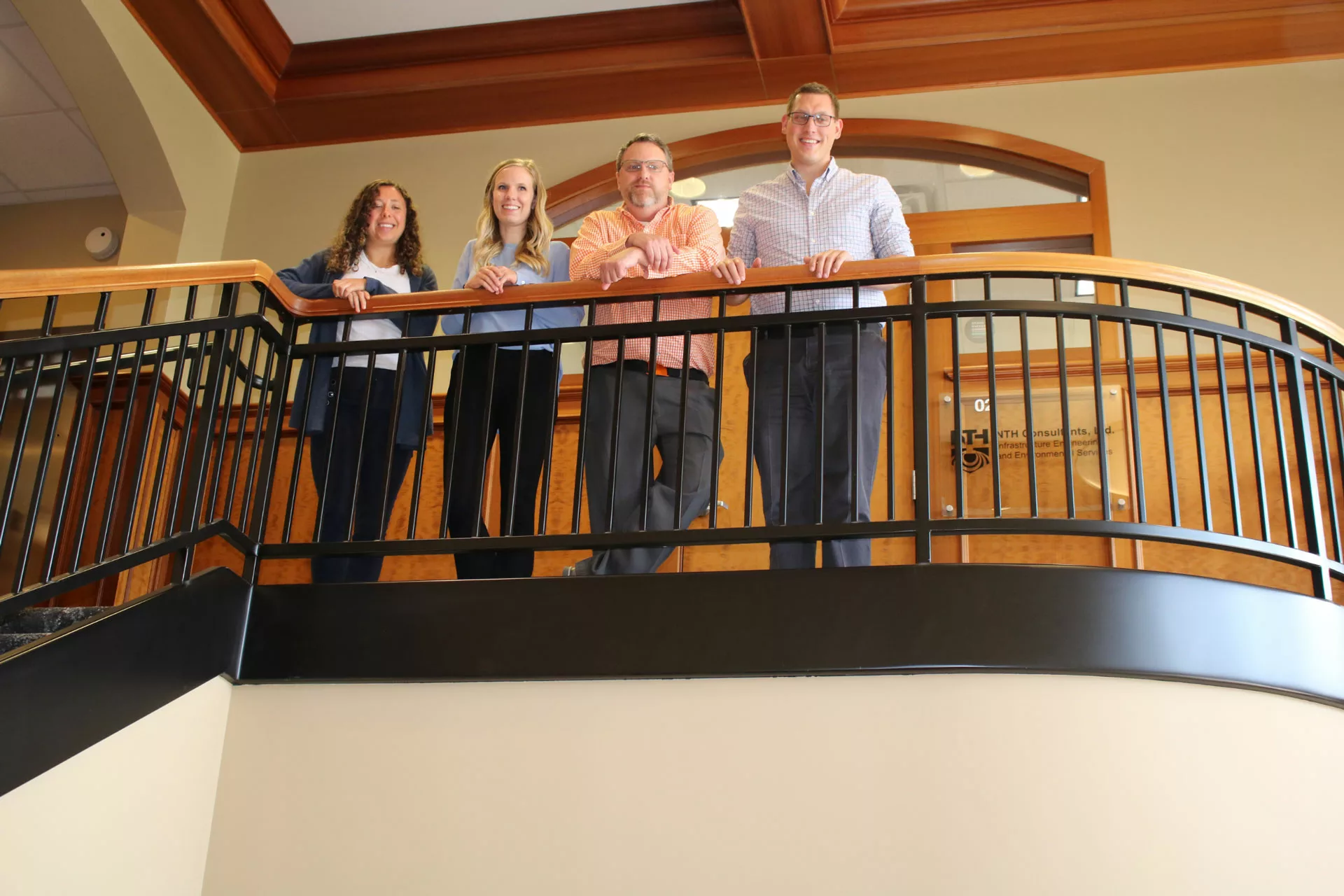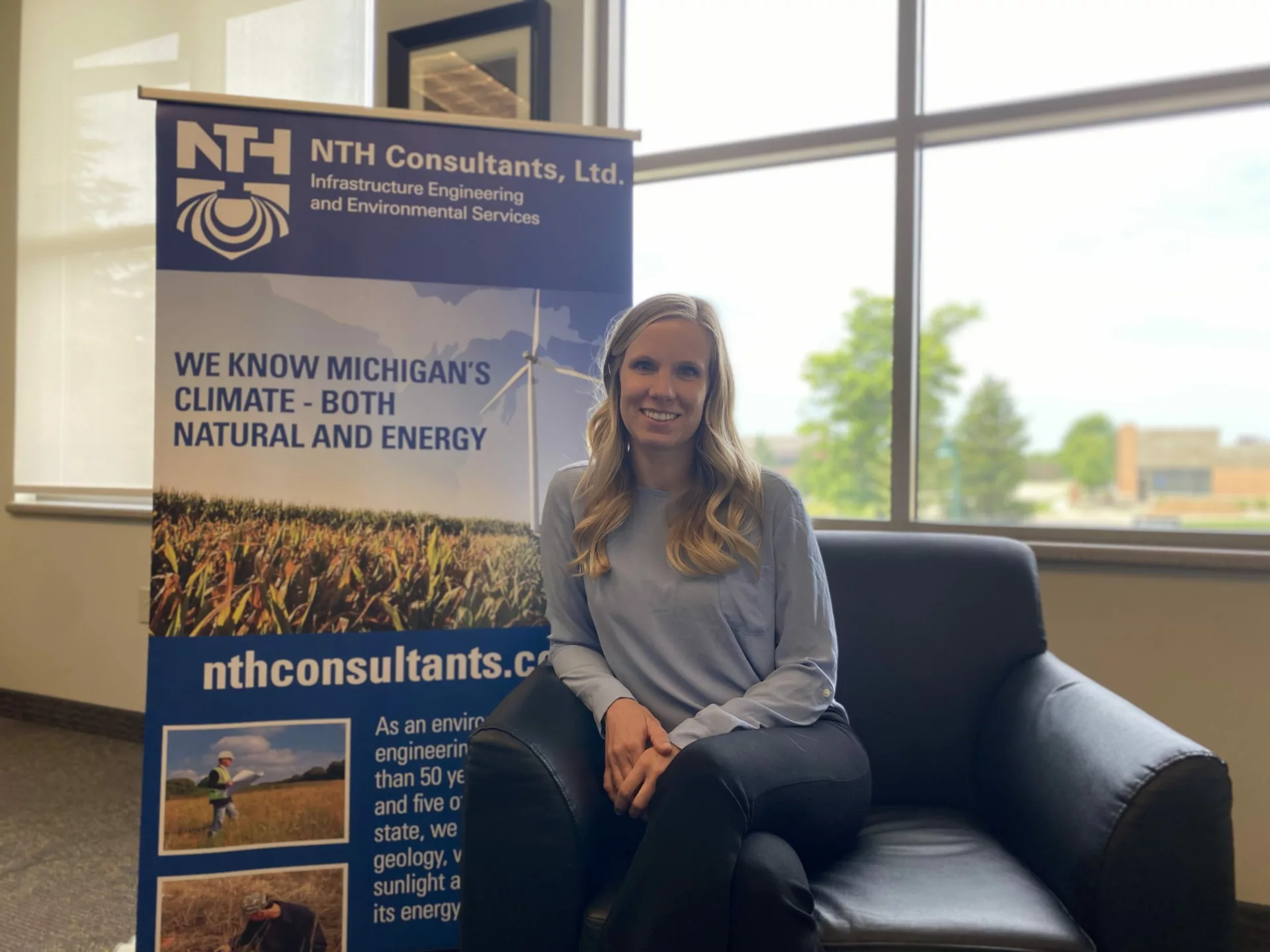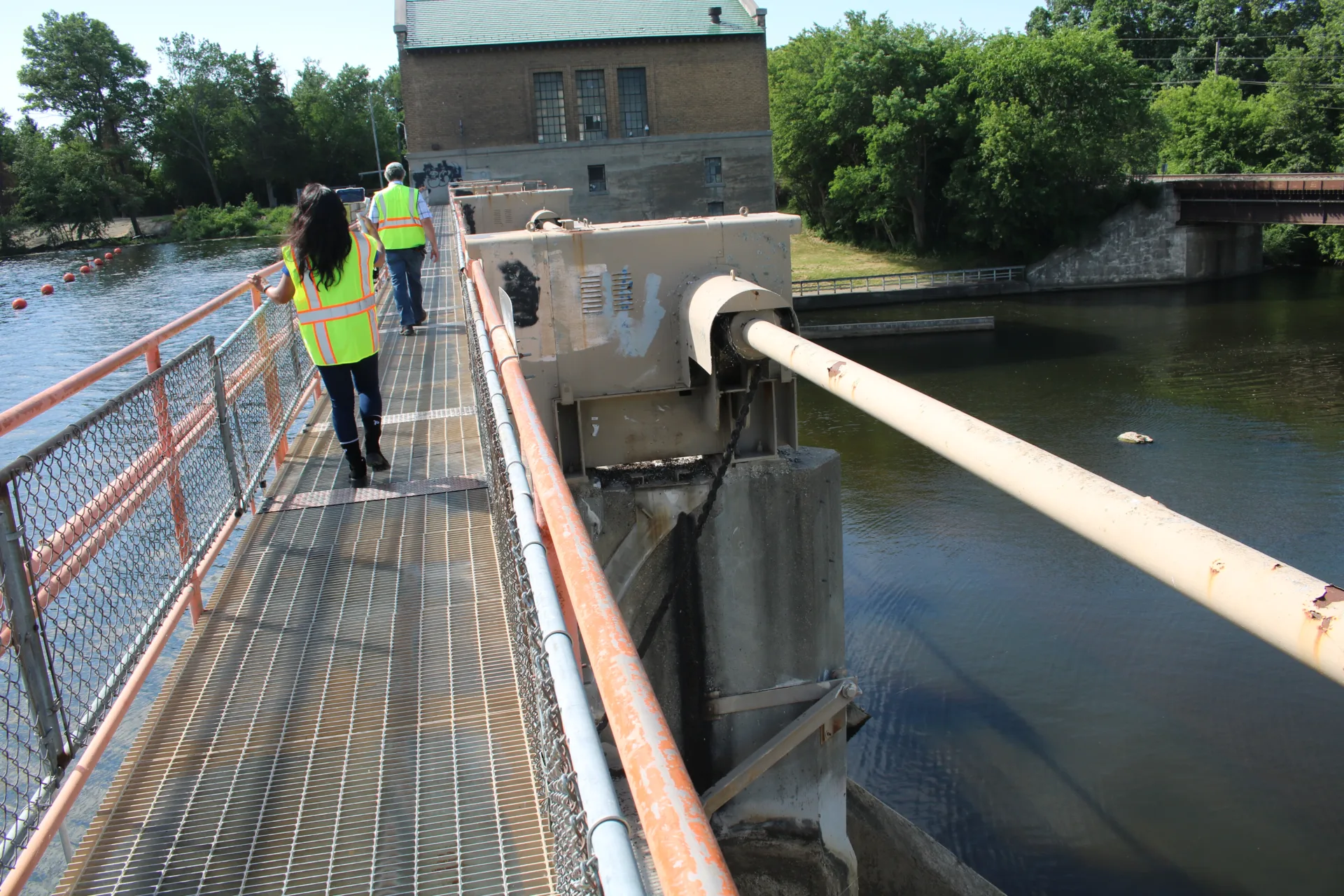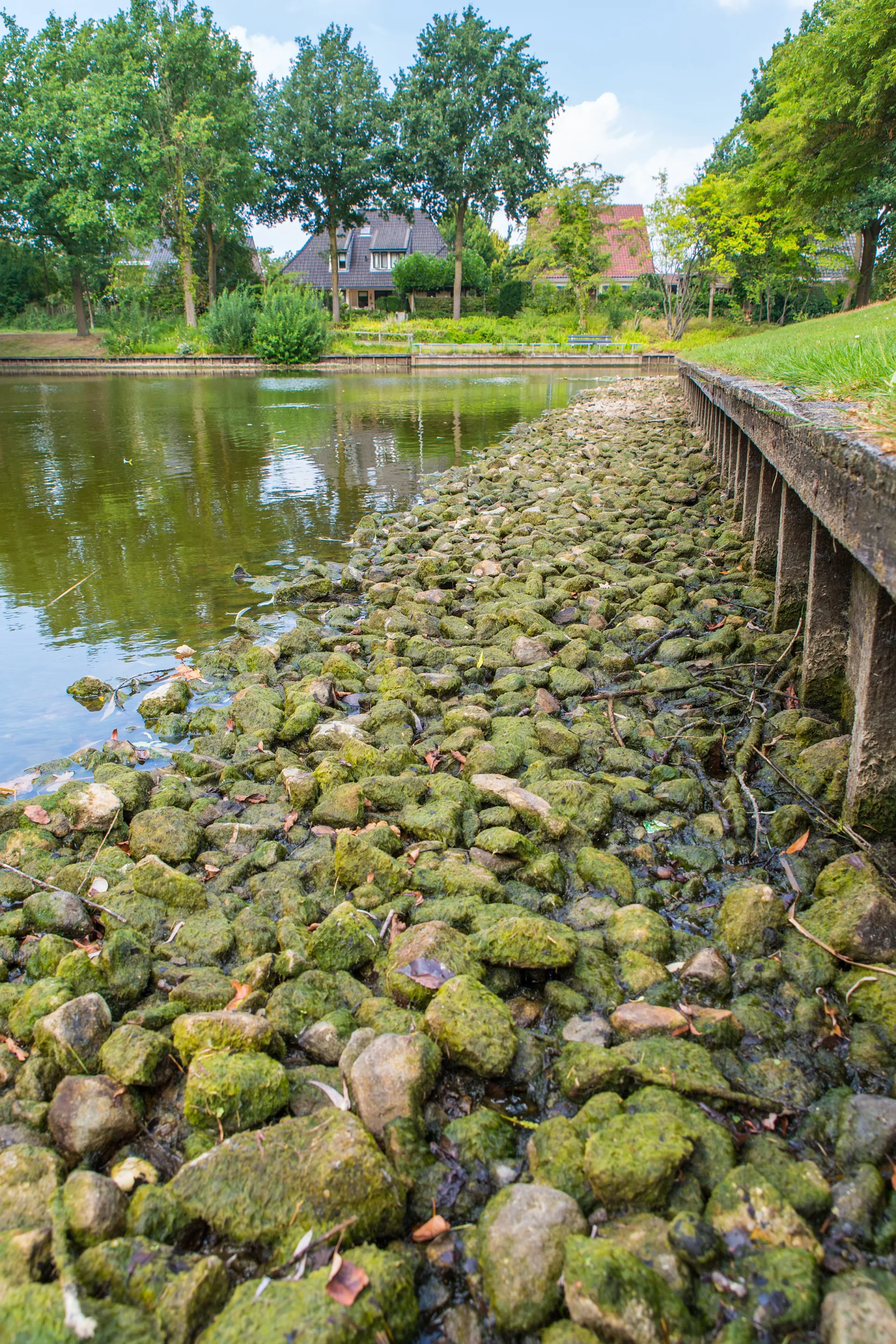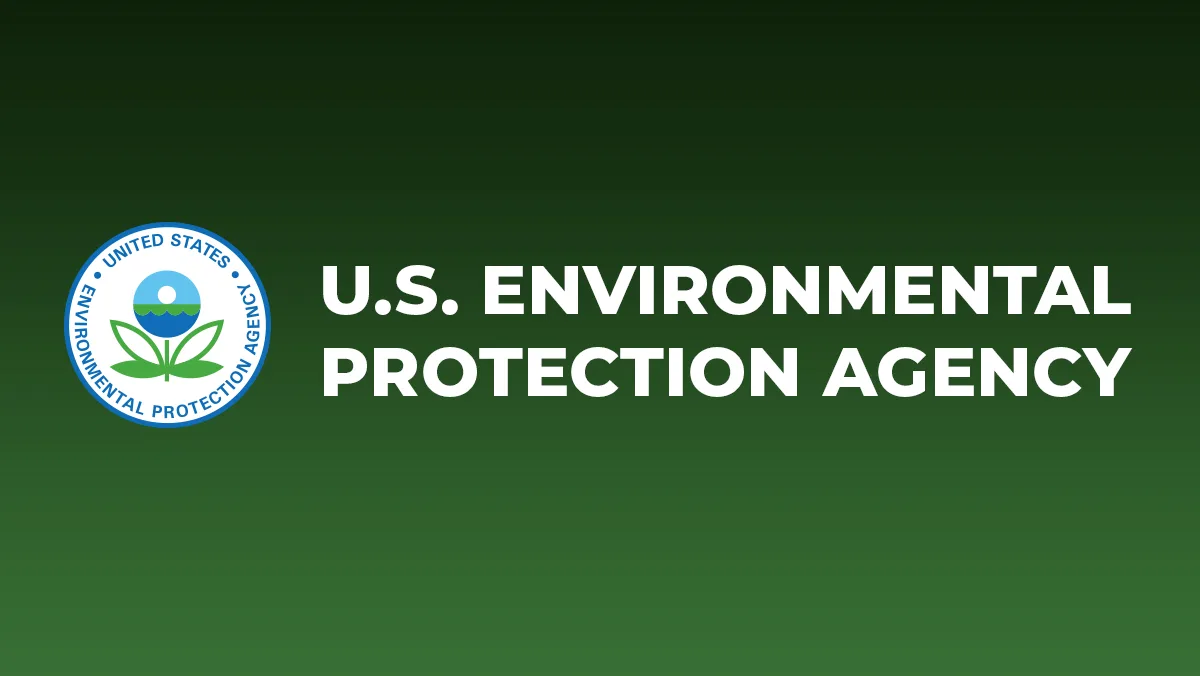As the energy market evolves from large centralized systems to more decentralized networks comprised of cleaner, lower carbon and renewable sources, development of renewable projects such as wind and solar are a key focus. As part of these projects, renewable project owners and developers need to evaluate the lifecycle, environmental impacts, and property acquisition as they plan, budget, and execute their renewable project. Join us to learn about the timeline and importance of development steps involved in these projects.

Lifecycle of Renewable Energy Project Development
